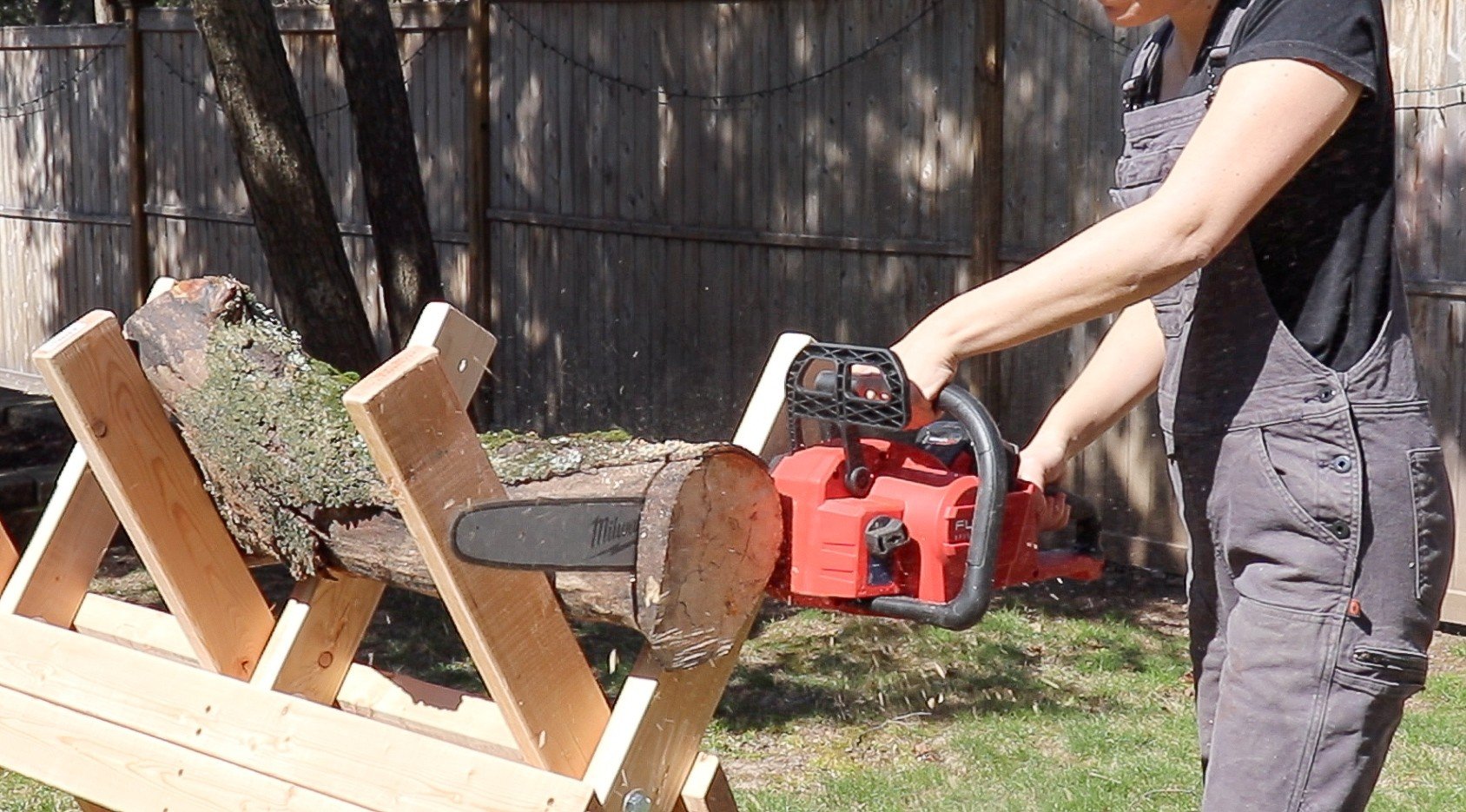One of the most critical chainsaw maintenance tips you can follow is keeping your chain sharp. A sharp chain not only makes cutting easier but also enhances your safety during operation. Dull chains require more effort, which can lead to loss of control and increase the risk of accidents. By regularly checking and sharpening your chainsaw chain, you ensure it performs optimally and safely.
To maintain a sharp chain, it's essential to invest in a quality chainsaw file or a sharpening tool specifically designed for your model. When sharpening, make sure to follow the manufacturer's guidelines to avoid damaging the chain. A good rule of thumb is to sharpen the chain after every hour of use, or sooner if you notice a decrease in cutting performance. Remember, a well-maintained chain reduces wear and tear on the saw itself, ultimately saving you time and money in the long run.
Additionally, always inspect the chain tension before each use. A loose chain can derail, posing a serious hazard, while a chain that is too tight can cause premature wear and tear. Tightening or adjusting the chain tension is part of the regular chainsaw maintenance tips, and it’s a simple process that can greatly improve the safety and efficiency of your chainsaw. Investing a little time in these practices pays off by helping you work safer and more efficiently.
Regular Oil Checks Improve Performance
When it comes to proper chainsaw maintenance, one of the most crucial aspects is regular oil checks. The oil not only lubricates the moving parts but also helps in cooling the engine during operation. Failing to maintain adequate oil levels can lead to inadequate performance and potential damage to your chainsaw. It’s a small task that can save you from costly repairs and ensure your chainsaw runs smoothly every time you need it.
To keep your chainsaw in top shape, make it a habit to check the oil levels before each use. Look for the oil tank indicator to ensure it’s filled to the appropriate level. If you notice that the oil is low, refill it with the recommended type of oil for your model. This simple action aligns perfectly with essential chainsaw maintenance tips, ensuring your tool remains reliable and efficient.
Another aspect of oil maintenance is cleaning the oil filter regularly. A clogged or dirty filter can restrict oil flow, resulting in poor performance. By taking the time to clean or replace the oil filter as needed, you can help maintain the integrity of your chainsaw. Additionally, using the right oil mix, typically a high-quality two-stroke oil, can greatly enhance performance and longevity.
Incorporating regular oil checks into your chainsaw maintenance routine will lead to improved efficiency and a longer lifespan for your tool. So, make oil checks a priority—consider it one of the most vital chainsaw maintenance tips that will keep your projects on track and your equipment in peak condition. With just a few minutes of your time before you start cutting, you'll ensure better performance and a smoother experience each time you reach for your chainsaw.
Clean Your Saw After Each Use
Start by unplugging or shutting off your chainsaw to ensure safety. Then, use a brush or a cloth to remove any wood chips, dirt, and debris that may have accumulated on the chainsaw body and chain. Pay special attention to the air filter and bar, as these areas can collect sawdust and grime that affect performance. A quick clean-up helps the saw run smoothly during your next project.
Additionally, don’t forget to oil your chain regularly. When you clean your saw, inspect the bar and chain for wear and tear. Replace any dull blades or damaged parts as necessary. Remember, keeping your tools in top shape is one of the most effective Chainsaw Maintenance Tips for ensuring successful DIY projects.
Proper Storage Extends Tool Life
Proper storage is a crucial yet often overlooked aspect of chainsaw maintenance tips that can significantly extend the life of your tool. When you finish using your chainsaw, it’s tempting to throw it in the shed or garage without a second thought. However, the environment where you store your chainsaw plays a vital role in its longevity. Storing it in a dry, cool location helps prevent rust and corrosion, which can damage both metal components and electrical parts over time.
Additionally, consider using a protective case or cover for your chainsaw. This simple step can help shield it from dust, moisture, and other harmful elements. If your chainsaw is exposed to the elements, it can lead to significant wear and tear, impacting its performance and efficiency. Make sure to clean the tool thoroughly before storing it away, as any remaining sawdust or debris can attract moisture and promote rust.
Don’t forget to take care of the fuel as well. If you use a gas-powered chainsaw, emptying the fuel tank before storage can prevent stale fuel from clogging the system. Instead, consider using a fuel stabilizer if you plan to store your chainsaw for an extended period. This practice not only aids in keeping your chainsaw in top shape but is also an important part of those essential chainsaw maintenance tips that every DIY enthusiast should follow.
